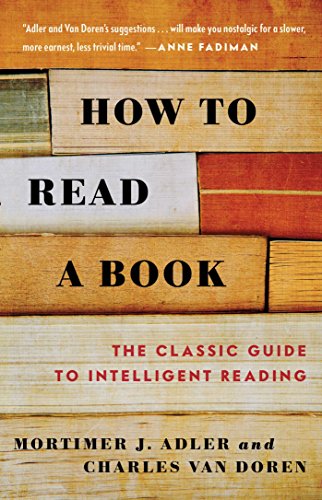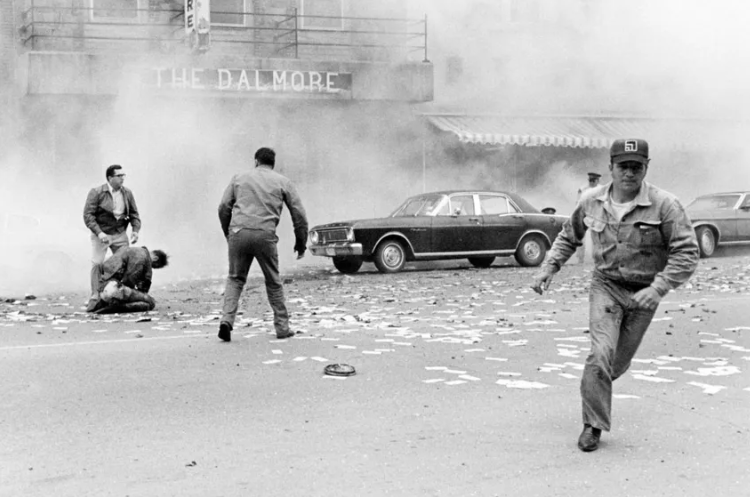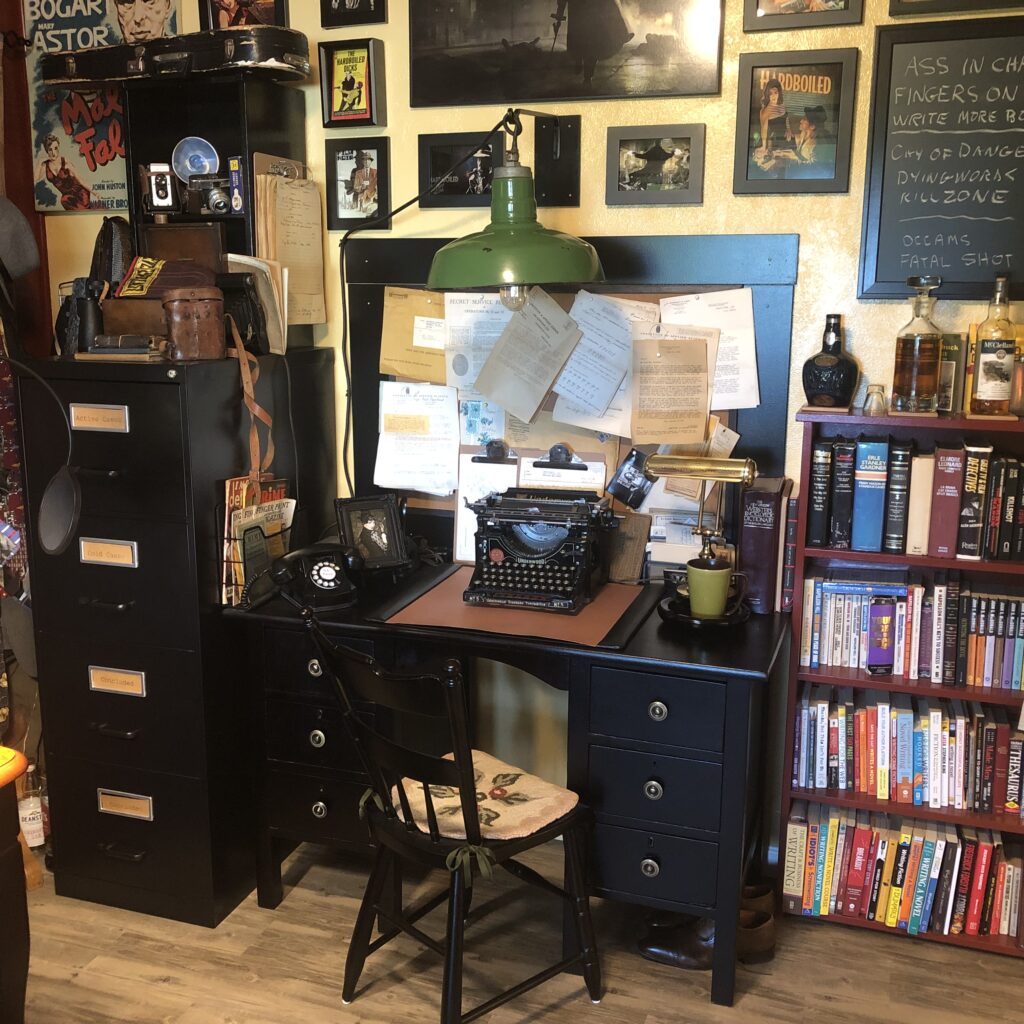Creativity is the phenomenon of finding imaginative ideas and turning them into reality. It’s the process of bringing something new and original into existence. The results can be intangible products, like theories and songs, or tangible products such as inventions and the new crime-thriller novel I’m struggling to create. Creativity appears to come easier to some folks than others, and we tend to see high achievers as gifted, natural creators rather than nurtured normals.
But is that so? Are there a chosen few, born with greater creative ability? Or can creativity be learned—a skill that can be taught, practiced, and mastered?
Back in the Greek and Roman days, creativity was seen as facilitated by a muse who connected individual human minds to the gods. Daemons were the Greek equivalent of guardian angels. They accompanied a soul from birth to death, some being highly creative which manifested themselves in outstanding and intuitive people like Socrates, Plato, and Aristotle. Romans saw these paranormal intermediaries as Geniuses—disembodied messengers from a heavenly intelligence, delivering divine wishes to mortals.
The Renaissance era disagreed. Creative individuals were enlightened, they posed. Creativity came from within the self and gifted ones—DaVinci, Beethoven, and Shakespeare—were born intellectually superior with unique abilities to create. They were the geniuses; being able to connect directly with a plane of higher intelligence rather than having an imaginary genius translate for them.
 Today’s neuroscience has another view on this. It sees creativity as a complex psychological process that occurs via the brain’s ventral striatum and amygdala and can be enhanced through neuroplasticity or rewiring the brain through practiced behavior. In other words, a planned and continual workout program for your brain can definitely improve your creativity.
Today’s neuroscience has another view on this. It sees creativity as a complex psychological process that occurs via the brain’s ventral striatum and amygdala and can be enhanced through neuroplasticity or rewiring the brain through practiced behavior. In other words, a planned and continual workout program for your brain can definitely improve your creativity.
Improving creativity starts with a foundation of subject knowledge, learning a discipline, and mastering a proper way of thinking. You build on your creative ability by experimenting, exploring, questioning assumptions, using imagination, and synthesizing information. Learning to be creative is like learning a sport. You need a desire to improve, develop the right muscles, and be in a supportive environment.
You need to view creativity as a practice and understand five key behaviors:
- Associating—drawing connections between questions, problems, or ideas from unrelated fields.
- Questioning—posing queries that challenge common wisdom.
- Observing—scrutinizing the behavior of others in, around, and outside your sphere.
- Networking—meeting people with both common and different perspectives.
- Experimenting—constructing interactive experiences and provoking unorthodox responses to see what insights emerge.
Read this as — listen, watch, ask, mingle, and stir. Sir Richard Branson has a mantra that’s bred into the corporate DNA of his Virgin staff — A-B-C-D — Always Be Connecting Dots. Branson swears that creativity is a practice and if you practice these five behaviors every day, you will improve your skills in creativity and innovation.
Now, if these five behaviors put you in the right direction for improving creativity, then there must be behaviors to avoid. I found eight:
1. Lack of courage—being fearful of taking chances, scared of venturing down new roads, and timid about taking the road less traveled. Fear is the biggest enemy of creativity. You need to be courageous and take chances.
2. Premature judgment—second-guessing and early judgment of outcome severely restrict your ability to generate ideas and freely innovate. Let your initial path expand and follow it to its inevitable destination.
3. Avoidance of failure—you can’t be bold and creative if you fear failure. Creativity requires risk and making mistakes. They’re part of the process.
4. Comparing with others—this robs your unique innovation and imagination. Set your own standards. Be different. Something new is always different.
5. Discomfort with uncertainty—creativity requires letting go and the process doesn’t always behave rationally. Accept that there’s something akin to paranormal in real creativity.
6. Taking criticism personally—feedback is healthy, even if it’s blunt and harsh like 1&2-Star Amazon reviews. Ignore ridicule. Have thick skin, a tough hide, and don’t let criticism get to you.
7. Lack of confidence—a certain level of uncertainty comes with any new venture. Some self-doubt is normal but if it becomes overwhelming and long-lasting, it will shut down your creative abilities. The best way to create is to first connect with your self-confidence.
8. Analysis paralysis—overthinking renders you unable to make a decision because of information overload. “Go with your gut” is the answer to analysis paralysis.
Aside from positive and negative behaviors, there is one overall and outstanding quality that drives successfully creative people.
Passion…
Passion is the secret to creativity. It’s the underlying feature that’s laced the successes of all prominent creators in history.
Passion is a term we’ve heard over and over again. Chase your passion, not your pension. But few understand what passion implies. The word comes from the Latin root “pati“ that means “to suffer“. Passion is what perseveres in getting to your goal despite fear, discomfort, unhappiness, and pain. It’s the determination—the motivation—to push through suffering for the sake of the end result. And this passionate feeling of motivation has its source in your brain.
 A study released in the Journal of Neuroscience identified the ventral striatum, in connection with the amygdala, as the brain’s emotional center that controls the motivation feeling—the higher degree of motivation you feel, the higher the activation will be in this part of your brain. So that intense feeling of motivation you feel when you are in a creative state—that feeling of euphoria when engaging in something you feel truly worthwhile and meaningful to you—is real and is something physiological occurring in your brain. It’s one of the least researched areas of psychology yet has the biggest impact on your creativity.
A study released in the Journal of Neuroscience identified the ventral striatum, in connection with the amygdala, as the brain’s emotional center that controls the motivation feeling—the higher degree of motivation you feel, the higher the activation will be in this part of your brain. So that intense feeling of motivation you feel when you are in a creative state—that feeling of euphoria when engaging in something you feel truly worthwhile and meaningful to you—is real and is something physiological occurring in your brain. It’s one of the least researched areas of psychology yet has the biggest impact on your creativity.
I sense you’re wondering if there’s a trick—a method to stimulate your ventral striatum and amygdala—in improving your creativity. Well, yes there is. It’s long been known and practiced by the greats:
Relaxation, along with definite purpose.
Relax. Put your thoughts and desires out to the ether. Relax and wait. Creative ideas will come.
I’m a life-long student of the Napoleon Hill Philosophy of Personal Achievement which is the psychology behind one of the world’s bestselling self-help books, Think and Grow Rich. Hill clearly outlines the path to unlimited creativity which he postulates comes from the source of Infinite Intelligence that we all can tap. To get creative ideas from Infinite Intelligence, first you must know what you want, then you must relax and let Infinite Intelligence deliver ideas or answers to you.
Relaxation can be done in many ways. Meditation. Workout. Vacation. Change of environment. Retail therapy. Long showers. Reading. Music. Deep breathing. Long walks in nature. Maybe a stiff drink or two. The methods are varied but whatever you choose, it needs to put you in a headspace receptive to creative ideas.
Napoleon Hill didn’t have the anatomical knowledge of how the ventral striatum and amygdala worked, but he sure understood that definite purpose, motivation, and relaxation opened the doors of creativity. Hill described this part of the brain as being like a radio transmitter and receiver which exchanged creative thought with Infinite Intelligence.
So, if I can give one single piece of advice on how to improve your creativity it’s to read, understand, and practice the seventeen principles of success Napoleon Hill outlined in Think and Grow Rich.
A postscript to this article—while I was researching this piece, I came across a TED Talk with well-known author, Elizabeth Gilbert. Her presentation on creativity for writers is a fascinating look at the process. Click Here to watch it.
Kill Zoners: Enough of me preaching T&GR. How do you find and improve your creativity?





 Today’s neuroscience has another view on this. It sees creativity as a complex psychological process that occurs via the brain’s ventral striatum and amygdala and can be enhanced through neuroplasticity or rewiring the brain through practiced behavior. In other words, a planned and continual workout program for your brain can definitely improve your creativity.
Today’s neuroscience has another view on this. It sees creativity as a complex psychological process that occurs via the brain’s ventral striatum and amygdala and can be enhanced through neuroplasticity or rewiring the brain through practiced behavior. In other words, a planned and continual workout program for your brain can definitely improve your creativity. A study released in the Journal of Neuroscience identified the ventral striatum, in connection with the amygdala, as the brain’s emotional center that controls the motivation feeling—the higher degree of motivation you feel, the higher the activation will be in this part of your brain. So that intense feeling of motivation you feel when you are in a creative state—that feeling of euphoria when engaging in something you feel truly worthwhile and meaningful to you—is real and is something physiological occurring in your brain. It’s one of the least researched areas of psychology yet has the biggest impact on your creativity.
A study released in the Journal of Neuroscience identified the ventral striatum, in connection with the amygdala, as the brain’s emotional center that controls the motivation feeling—the higher degree of motivation you feel, the higher the activation will be in this part of your brain. So that intense feeling of motivation you feel when you are in a creative state—that feeling of euphoria when engaging in something you feel truly worthwhile and meaningful to you—is real and is something physiological occurring in your brain. It’s one of the least researched areas of psychology yet has the biggest impact on your creativity.



